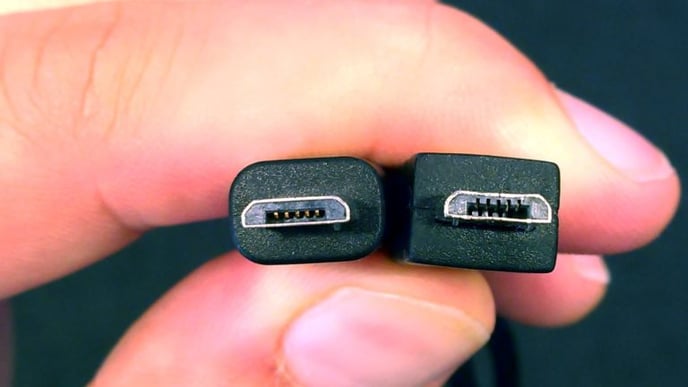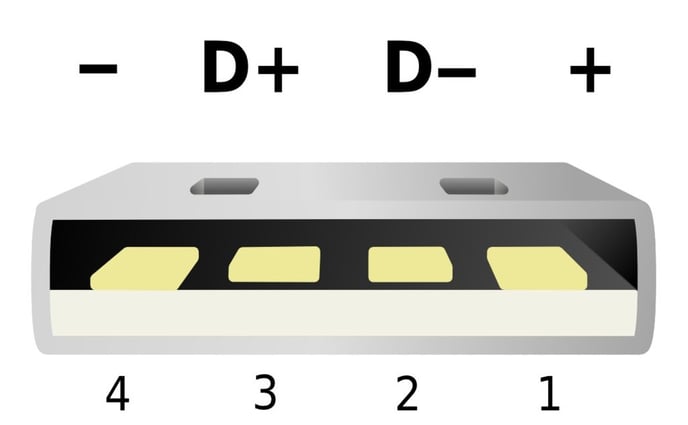How to tell a USB charge-only cable from a USB data cable
Unraveling the Mystery of USB Cables: Charge-Only vs. Data Transfer

Have you ever felt frustrated connecting your computer to your Konnected device via a USB cable only to find that your device remains undetected? The lights on the Konnected device light up just fine, but that's not what you're after. This seemingly inexplicable situation is more common than you might think, and the culprit often lies in the inconspicuous USB cable itself.
Demystifying USB Cable Types
Contrary to popular belief, not all USB cables are created equal. In fact, there are two distinct types:
-
Charging Cables: These cables, also known as "charge-only" cables, are solely designed for delivering power to your devices. Data transfer is not within their capabilities.
-
Data Cables: As the name suggests, these cables handle charging and data transfer seamlessly. They bridge your devices and your computer, enabling you to flash your Konnected device from https://install.konnected.io and carry out file transfers and other data-related tasks.
The Wiring Enigma: Unveiling the Difference
The key distinction between charge-only and data cables lies in their internal wiring – the number of wires they encompass. Beneath the sleek exterior of your USB cables lies a network of wires that determine their functionality.
Data cables typically boast four wires: positive (+), negative (-), data transfer (D+), and data receive (D-). The positive and negative wires carry electrical power, while the data transfer and data receive wires facilitate data exchange. Charge-only cables, on the other hand, lack the data transfer and data receive wires, restricting their function to power delivery.

Identifying Charge-Only vs. Data Cables: A Practical Guide
While the USB Implementers Forum (USB-IF) doesn't mandate clear differentiation between charge-only and data cables, there are a few tricks to the trade:
-
Physical Examination: Data cables, with four wires, tend to be slightly thicker than charge-only cables, which have only two wires.
-
Customer Support Consultation: If purchasing online, consult the seller's customer support to confirm if the cable supports data transfer. For brick-and-mortar stores, please ask the store staff for help. Konnected sells data cables here.
-
Preliminary Testing: If you still need clarification, connect your device, such as your cellphone, to your computer. If data transfer, such as copying a photo or document from your device to your computer, is impossible, it's likely a charge-only cable.
Conclusion
Understanding the difference between charge-only and data cables is crucial for ensuring you can flash your Konnected device with the latest firmware. Following the tips, you can quickly identify the suitable cable for your needs, eliminating the frustration of failed firmware updates and ensuring optimal connectivity.